Manaslu circuit Trekking Overview.
Nepal needs no introduction when it comes to mountains and adventures. Renowned for the highest peak in the world, Mt. Everest, otherwise known as Sagarmatha, Nepal is also the homeland for 8 of the 10 tallest mountains in the world. The view of 8000 m snow-capped mountains, mesmerizing trekking routes, and an unforgettable trekking experience is why Nepal is a trekker’s paradise. And the Manaslu circuit trek is definitely a piece of paradise among them.
You may have heard about the Everest Base Camp or Annapurna region trek, as they are among the more popular and recognized. But with the high popularity comes a huge crowd. And if you want to avoid the wave of people and walk on a peaceful trail, the Manaslu trek is the best alternative route.
Not just as an alternative, but the off-beaten track is one of the finest to experience. Remote Hindu and Tibetan mountain villages, teahouses to make your stay comfortable, interaction with the native people, diversity of wildlife, a suspension bridge along the Budhi Gandaki River, and the view of splendid nature and massive mountains make Manaslu Circuit arguably the best trek in the country.
This trekking route has to offer varieties for the trekkers and nature lovers. This well-known and popular route, which is at around 8156 m altitude, provides the hilarious and mystical mountain views as well as the adventure itself. This trekking route was accessed in 1992; from then on, the visitors and trekkers got an opportunity to experience the wide variety of natural beauty as well as the biological diversity. The people who inhabitthis area are warm and friendly and are enriched with the beautiful culture and tradition. According to the weather assumption, this area offers a unique environment that is rich in biodiversity that has made this region undoubtedly one of the finest tourist destinations among many others in Nepal.
The Manaslu Trekking area is occupied with the overall perfect beauty of nature, as one can view the unconditionally beautiful Himalayan ranges as well as cultural diversities along the trails. One can view the natural scenes with high-altitude glacier lakes, which gives a perfect feeling of a combination of peace and tranquility. The rich flora and fauna are always outstanding to blow the mind away as one can experience the unique and new feel. Everyone should explore the natural beauty and breathtaking Himalayas. The connection of mind, body, and spirit along with nature is something extraordinary and pleasant.
Manaslu Circuit Trek—Day-by-Day Short Itinerary
Day 1: Arrive at Kathmandu airport and transport to the hotel where you stay at Thamel.
Day 2: Trip information & sightseeing tour to Kathmandu UNESCO Heritage Site.
Day 3—Drive from Kathmandu to Maccha Khola: It’s a long one, about 9 hours on the road, heading out of the city and into the hills.
Day 4—Trek to Jagat: Your first full day on the trail! You’ll walk about 6 hours today, climbing gradually.
Day 5—Onward to Deng: The trail today takes about 6 hours again. You'll follow the Budhi Gandaki river and pass through little settlements until you reach Deng (1,804 m).
Day 6 – Deng to Namrung: Get ready for some uphill!
Day 7 – Trek to Lho: Shorter hike today—about 4 hours.
Day 8 – Lho to Sama Gaun: Another chill 4-hour day. You’ll reach Sama Gaun (3,530 m), one of the bigger villages, and it will be perfect for a rest day tomorrow.
Day 9—Acclimatization Day: You’ll need this! Take a hike to Manaslu Base Camp (4,800 m) or Pungyen Gompa—both are around 6–7 hours round trip.
Day 10—Trek to Samdo: Only around 3 hours today, which is nice after the base camp hike. Samdo (3,865 m) is close to the Tibetan border, and the mountains feel even bigger here.
Day 11 – Acclimatization Hike (Optional): Rest day or, if you’re feeling good, a full-day hike up to the Tibet border (around 5,000m). It takes about 8 hours round trip, but there's no need to rush.
Day 12– Trek to Dharmasala: You’ll gain more altitude now—around 4 hours to Dharmasala (4,460m), which is the last stop before the big pass. Simple lodges here, very basic.
Day 13 – Cross Larkya La Pass to Bimthang: Big day! You’ll start early and cross the high Larkya Pass (5,106m), then descend to Bimthang (3,590m). Around 9–10 hours of hiking, but it’s the most epic part of the trek.
Day 14– Bimthang – Gho (2,515m/8,250ft) 5/6 hours
Day 15 – Gho – Dharapani (1,920m/6,300ft) 3-4 hrs
16 Day: Dharapani-Besi Sahar (760m/2,495ft) – Kathmandu (1,300m/4,264ft) 9/10 hours drive
Day 17 ; Departure to the airport .
Exploring Nepal’s Remote Borderlands: A Cultural Trekking Experience
Normally nobody knows , what to expect from the Manaslu region at first. It’s not like the usual treks you always hear about in Nepal. Fewer people go there - which, to be honest, makes it feel special from the start. It’s super quiet, almost untouched.
The trail goes through these tiny mountain villages where life feels slow and simple. You see prayer flags everywhere, and there’s a strong Buddhist energy in the air. The culture feels old and kind of magical, especially around places like Tsum Valley.
There’s also a huge pass called Larkya La—yeah, it’s high (over 5,100 meters), and crossing it isn’t easy. But once you’re up there, the views are wild. Like, absolutely amazing. You just stand there in silence because the mountains are that powerful that they make you feel like you're in heaven.
Permits You’ll Need for the Manaslu Trek.
Since Manaslu is a restricted area, you can’t just show up and start walking—you’ll need a few permits sorted before the trek begins. Here’s the list, nice and simple:
Manaslu Restricted Area Permit (RAP):
This one’s a must. It covers the stretch between Jagat and Sama Gaun. The cost changes depending on how many days you spend in that section. It’s handled by Nepal’s immigration office.
Manaslu Conservation Area Permit (MCAP):
This helps with preserving the environment and is required for everyone trekking in the Manaslu region. You can get it easily before starting the trip.
Annapurna Conservation Area Permit (ACAP):
Most people finish the trek around Dharapani or Besisahar, which is technically part of the Annapurna region. So yeah, this permit is needed too — can be arranged in Kathmandu or Pokhara.
Tsum Nubri Rural Municipality Fee:
Starting in autumn 2024, the local government began charging NPR 1000 per person. It’s collected right at Jagat, so make sure to carry some cash for that.
When to Go on the Manaslu Trek?
Everyone kept saying, Go in spring or autumn. And they were right. Those months,like March to May or late September to November for the trek to Manaslu—just make things easier. The weather looks calm, the trails are dry, and you can actually see the mountains as like a heaven.
In the month of March, the snow started melting in the higher parts, and the air was still cold in the mornings. But by midday. Warm sunshine, clear skies, and blooming flowers down in the lower hills. Daytime was maybe 24°C, and at night, it dipped below zero. Chilly, but bearable.
Autumn, when the monsoon clears, is just as good, if not better. From late September to November, both months have beautiful mornings every day, crisp mountain air, and those crystal-clear Himalayan views everyone dreams of. You’ll get daytime temps around 25°C and nighttime lows of -6°C. Bonus: it’s also festival season in Nepal, so you might catch Dashain or Tihar celebrations in the villages along the trail.
If you’re really planning to trek Manaslu, the best windows are March to May in spring and late September to November in autumn. These are the sweet spots when the weather stays pretty stable and the skies are usually clear.
Now, I’ve known a few folks who hiked off-season,during the monsoon or mid-winter. Totally doable, but tougher. Think slippery trails, fewer people, and sometimes snow blocking the way. Not impossible, but you have to know what you’re signing up for.


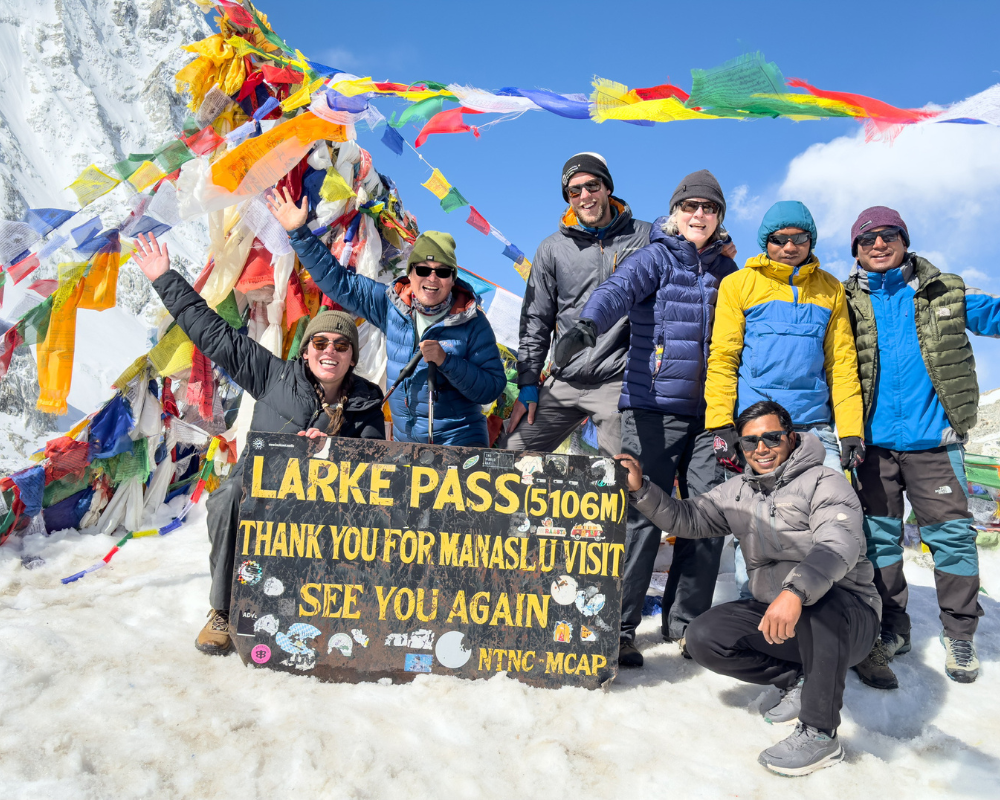
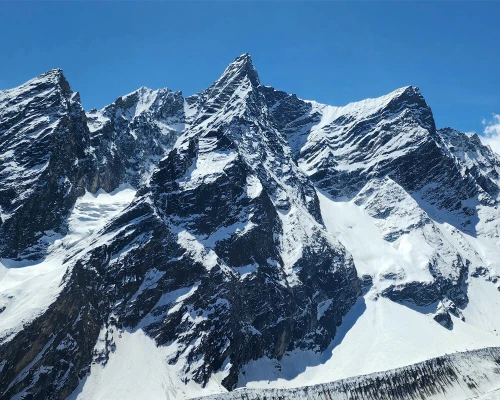
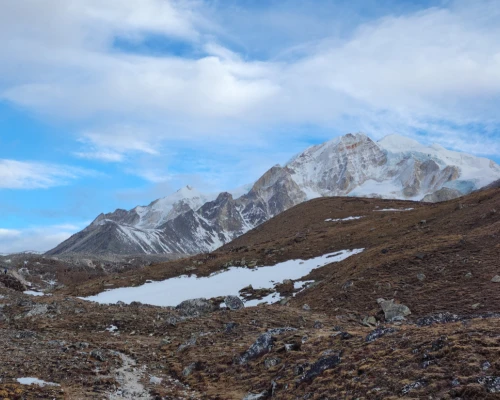
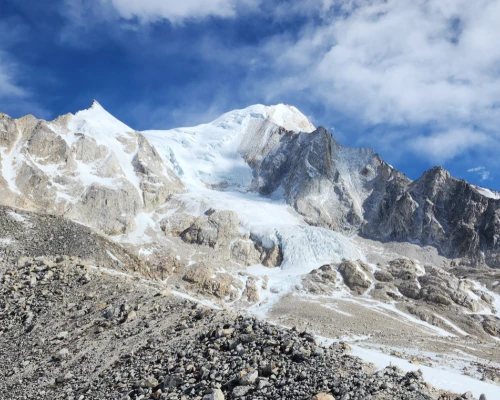
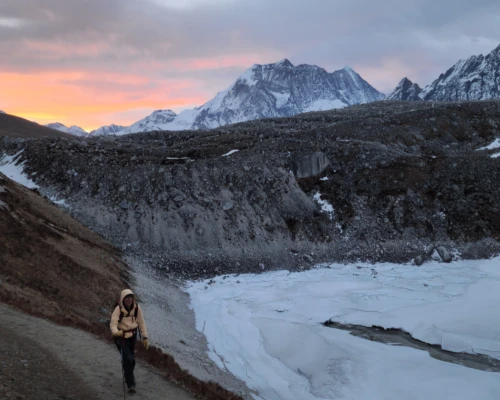
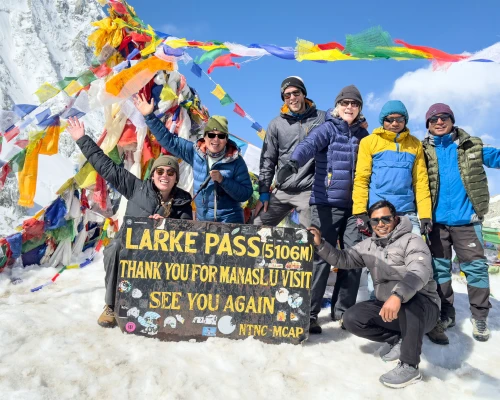

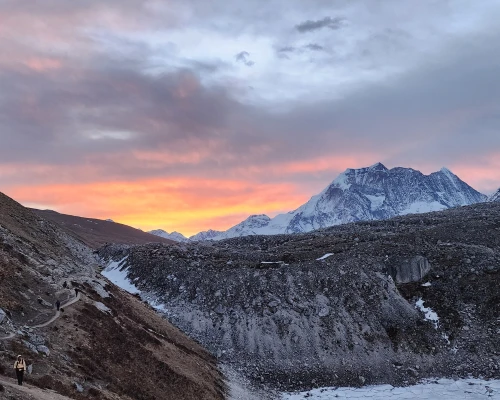
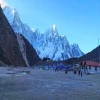
.webp)


 based on 2 reviews
based on 2 reviews